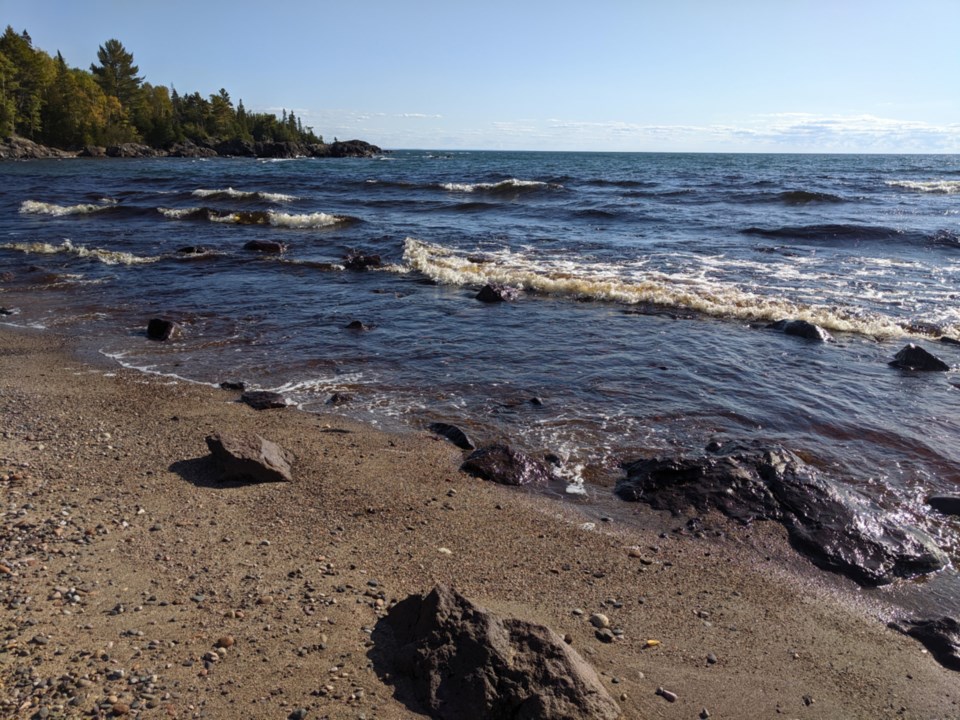NEWS RELEASE
INTERNATIONAL LAKE SUPERIOR BOARD OF CONTROL
*************************
Conditions across the Great Lakes basin were slightly drier than average last month. As a result, Lake Superior declined 2 cm (0.8 in) when on average it declines 1 cm (0.4 in). Lake Michigan-Huron declined 10 cm (3.9 in) over the course of the month, while on average the water level decline in September is 6 cm (2.4 in).
The lakes are expected to continue their seasonal declines through the fall. However, water levels are expected to remain near seasonal highs and there will continue to be a significantly increased risk of shoreline erosion, lakeshore flooding and coastal damages. The International Lake Superior Board of Control (Board) advises all those that may be affected to prepare for potentially severe coastal impacts, especially during periods of strong winds and high waves.
At the beginning of October, Lake Superior is 10 cm (3.9 in) below the record-high beginning-of-month level set last year (2019). The level is currently 25 cm (9.8 in) above average (1918 – 2019). Lake Michigan-Huron is 19 cm (7.5 in) below the record-high beginning-of-October level set in 1986 and is currently at the same level as this time last year. The level is currently 82 cm (32 in) above average.
The Board expects the total outflow to remain at 2,500 m3 /s (88 tcfs) in October, which is as prescribed by Lake Superior Regulation Plan 2012. The gate setting of the control structure will be maintained at the current setting equivalent to approximately one gate fully open. The outflow in October is just 220 m3 /s (7.8 tcfs) above average and the lowest October outflow since 2012, which is in part a reflection of Plan 2012 adjusting to the relatively wetter conditions and higher levels experienced on Lake Michigan-Huron in comparison to Lake Superior in recent months.
Shoreline businesses and property owners are reminded that the Great Lakes – St. Lawrence River Adaptive Management (GLAM) Committee continues to host an online questionnaire to allow for direct reporting on impacts related to recent high water conditions. The 2020 version of the questionnaire is now available.
*************************
